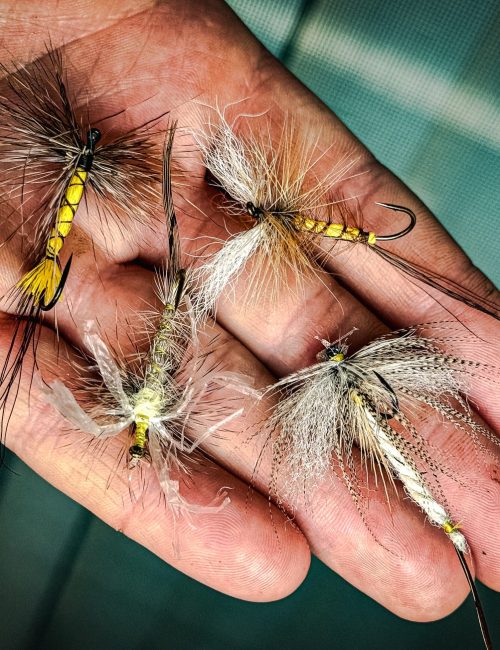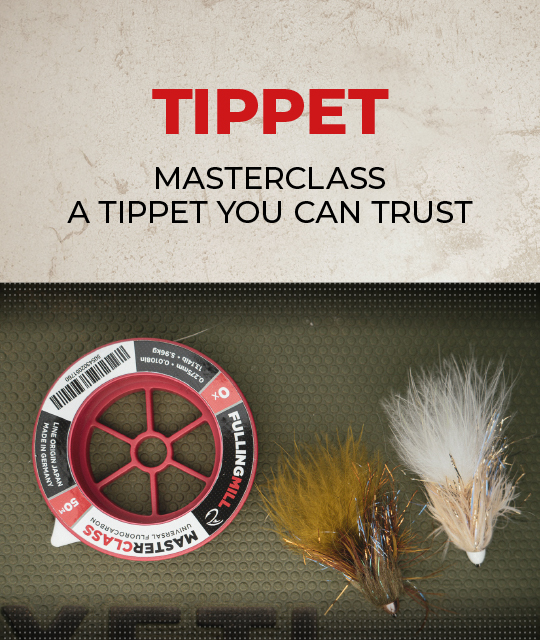Fall Fishing: Chasing Smallmouth Bass in Rivers as the Seasons Change
Published: 24th October 2025 | Author: Caleb Corona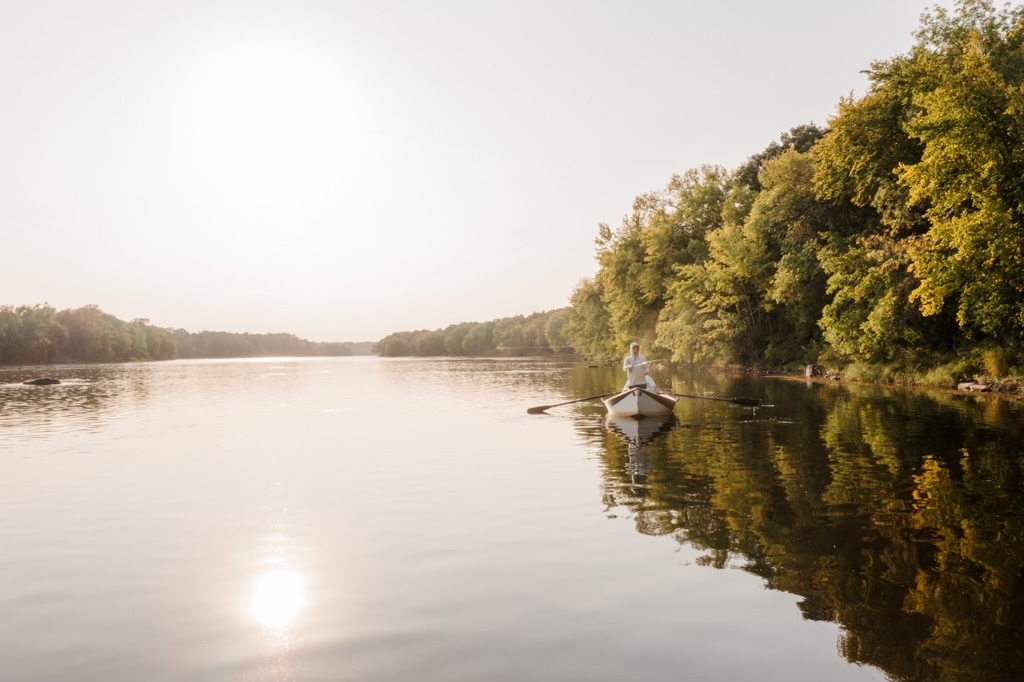
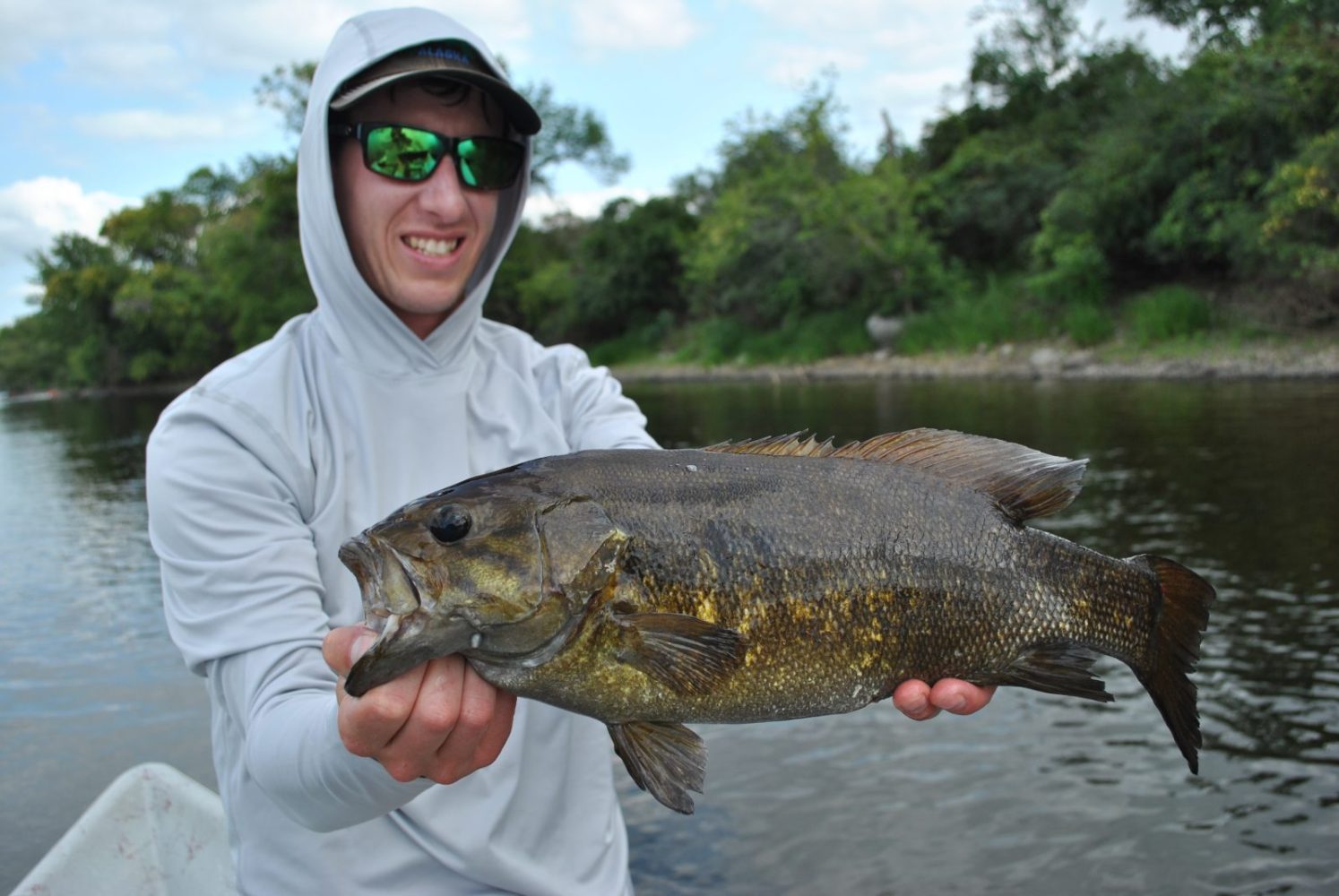
I have often heard September, October, and early November referred to as some of the toughest months of the year to put quality river smalljaws in the net. That can be true, but with a little bit of planning and understanding the seasonal movements of smallmouth bass in rivers, you can crack the code and bring some true river giants to hand this year!
Patterning the Push
Most rivers across the country have some kind of large seasonal movement of fish throughout the Fall months. Whether it be a very large migration or just shifting to deeper, slower wintering holes, some sort of movement will happen on the river you are fishing. Here on the Mississippi, our migration moves fish dozens of miles from shallow riffly water, to deep slower moving holes. One of the most common mistakes I see in anglers is sticking to summer patterns totally due to weather. Fish don’t need a dip in water temperatures to know to move. The change in day length and differing sun angles serve as the kick in the fins fish need to get moving.
Our first push tends to happen here around the first week of September but this will change depending on where you are in the country. As a general rule, as the year moves on, your fish will want to find areas to stage as winter comes that are: deeper, slower moving, and close to forage species. I target areas such as deep pools and hard current edges. These types of areas give fish the opportunity to sulk in the deep water or hunt the edge of the current, waiting for a prey item to get disoriented or wander too close. You will find that the most aggressive fish will be found the furthest upstream and closest to the current.
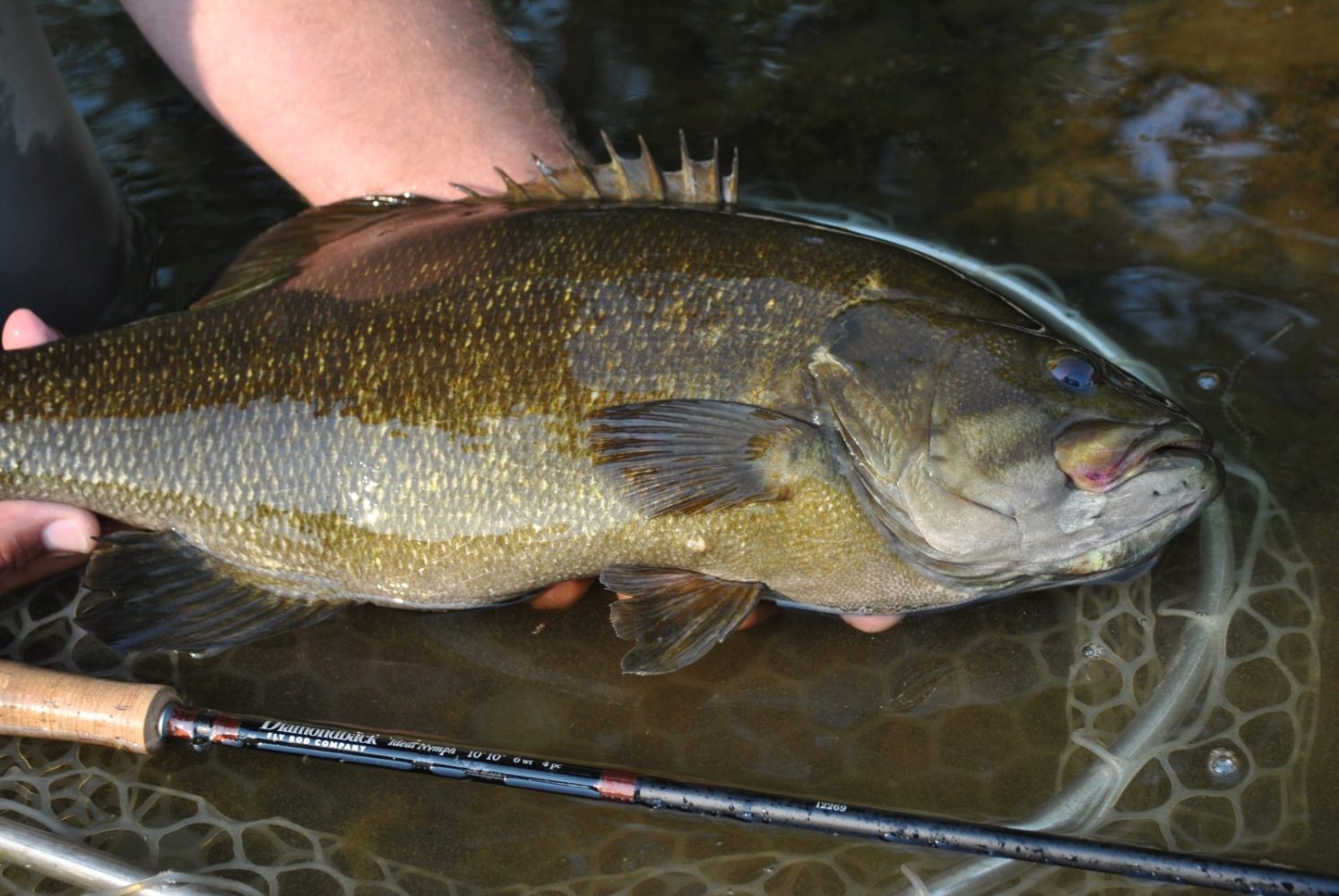
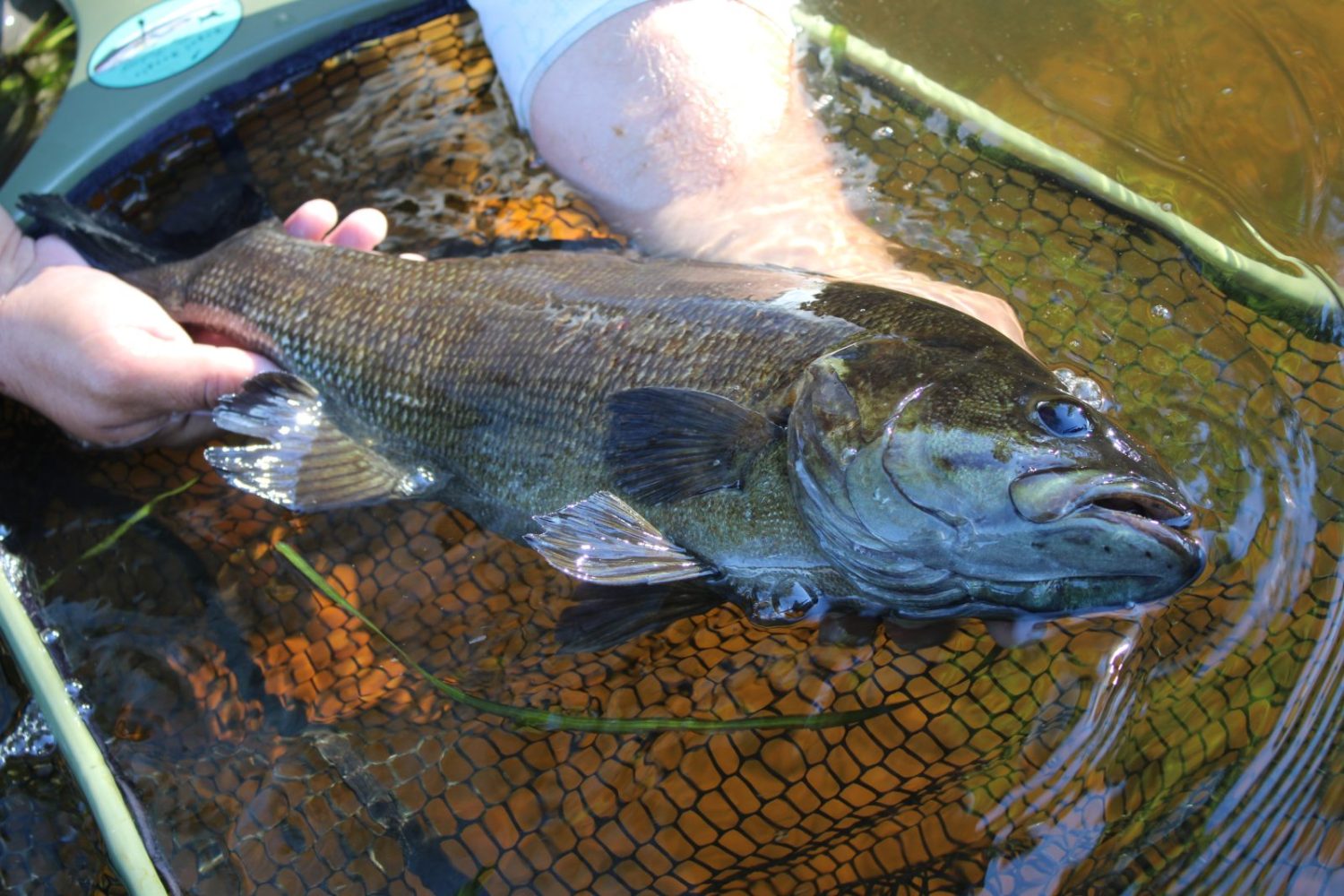
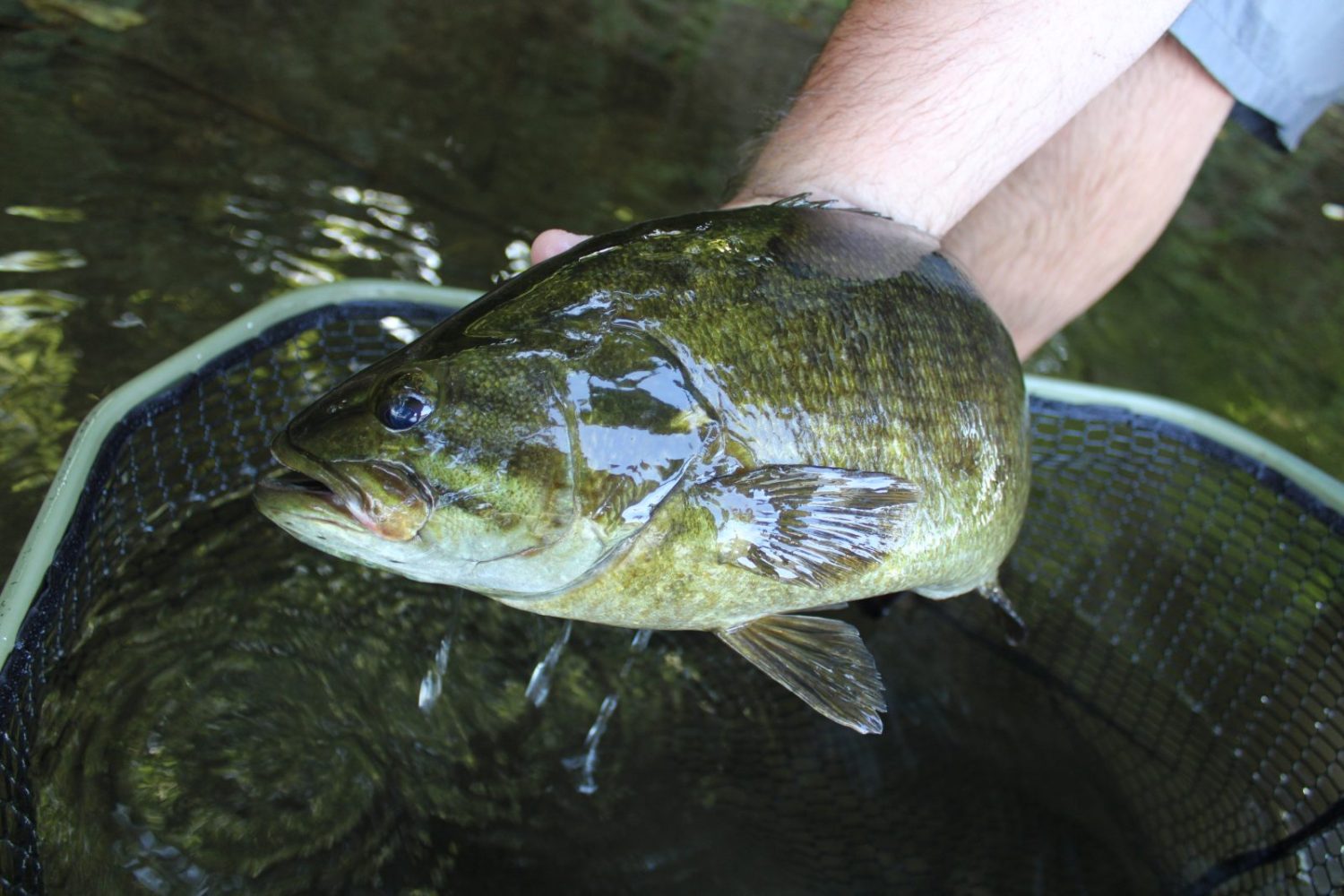
Finding Fall Forage
You may have heard the phrase about the “fall feed” being on. Fish eat heavily year round but the natural need to bulk up for Winter will set in and fish will begin to target larger prey options. This often means a switch over from Summer buggin’ to larger meals such as: suckers, larger baitfish, adult crawdads, or even young of the year bass. Forage species will also make seasonal movements and our target species will often be close behind.
As you are wading or floating always be on the lookout for schools of suckers roaming across flats or shoals, schools of baitfish being pushed towards the surface, or larger crawdads moving around the bank. All of these will serve as signs that the smallmouth will be in the same areas. Make sure to use the fish you catch as a sign, if a fish has been gorging on large crawdads, their belly will often be crunchy and can give you a good idea of what to fish. You will also see tails in the back of bass throats occasionally. Stay observant and you can often pick up clues to help you dial in the bite each day.
Tips and Tactics
While there can still be some topwater opportunities to be found during warmer weather windows, the majority of my fall fishing can be divided into throwing larger streamers and fishing bottom-contact flies. For streamer fishing, nothing is more important than throwing larger-profile flies and making sure to work in longer pauses to your retrieve. I prefer flies such as larger game changers, circus peanut variants, or a Corona’s Hang Glider. These are flies that I fish on an intermediate line with a shorter fluorocarbon leader. Short, erratic strips with long pauses seems to do the trick more times than not. 90% of my eats in the fall happen while the fly is hanging completely still. Moving a fly too much is the biggest mistake you can make this time of year. Big fish don’t want to work too hard to get a big meal, don’t make them!
When throwing bottom contact flies, I prefer long, light leaders of 12’ or greater, tapered down to 8lb fluorocarbon. Think a very similar method to euro nymphing for trout. It might seem a bit unorthodox but it can be extremely effective. I prefer to use flies that mimic forage items like: crawdads, leeches, sculpins, madtoms, or gobies. If tightlining is not your deal, running any of these kind of flies under and indicator can get the job done as well. When targeting fish oriented near the bottom, keeping the fly deep and moving it slow outperforms faster moving flies that tend to ride up higher in the water column.
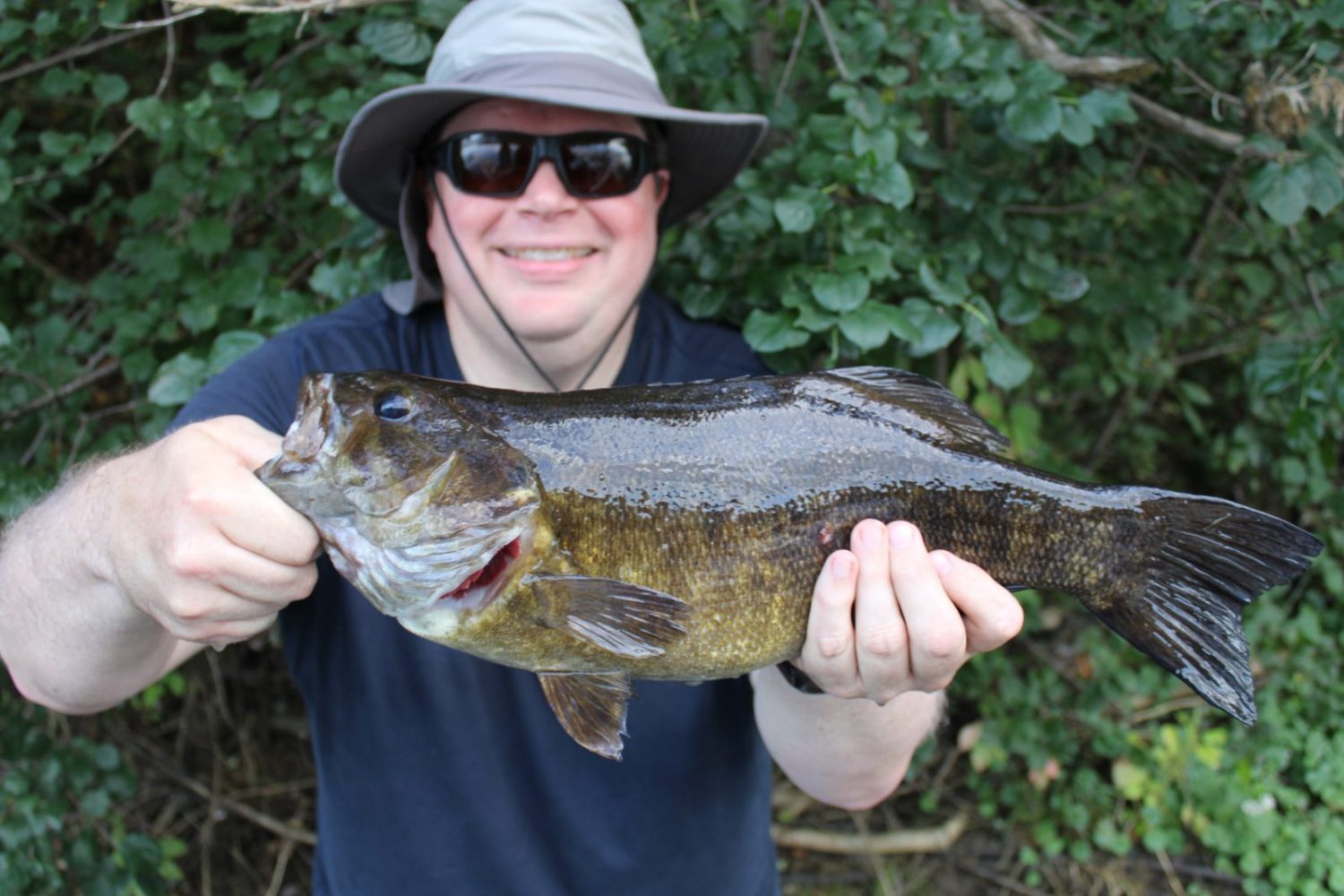
The fall doesn’t have to be all about hunting. Put some of these tips and tricks into your repertoire and I think you will find some Fall success this year!
Fulling Mill Fall Bass Flies
Whether you’re jigging crayfish, helgramites & small baitfish, stripping baitfish patterns on or just beneath the surface, or swimming larger streamers mid-column, Fulling Mill has you covered. The following assortment covers the bases when targeting late-season smallmouth bass in rivers.
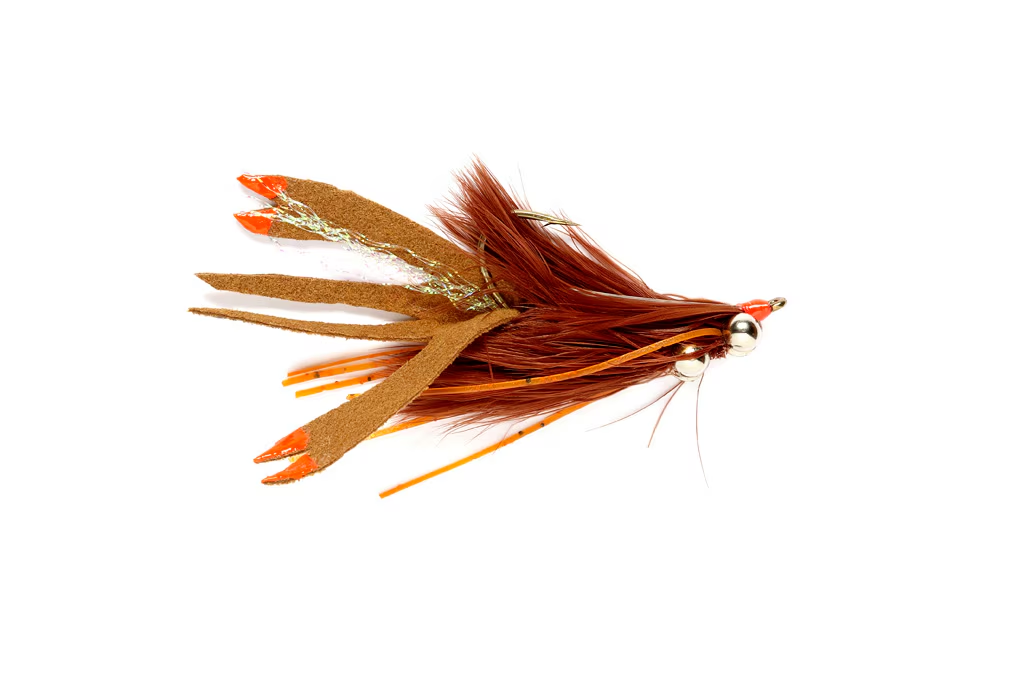
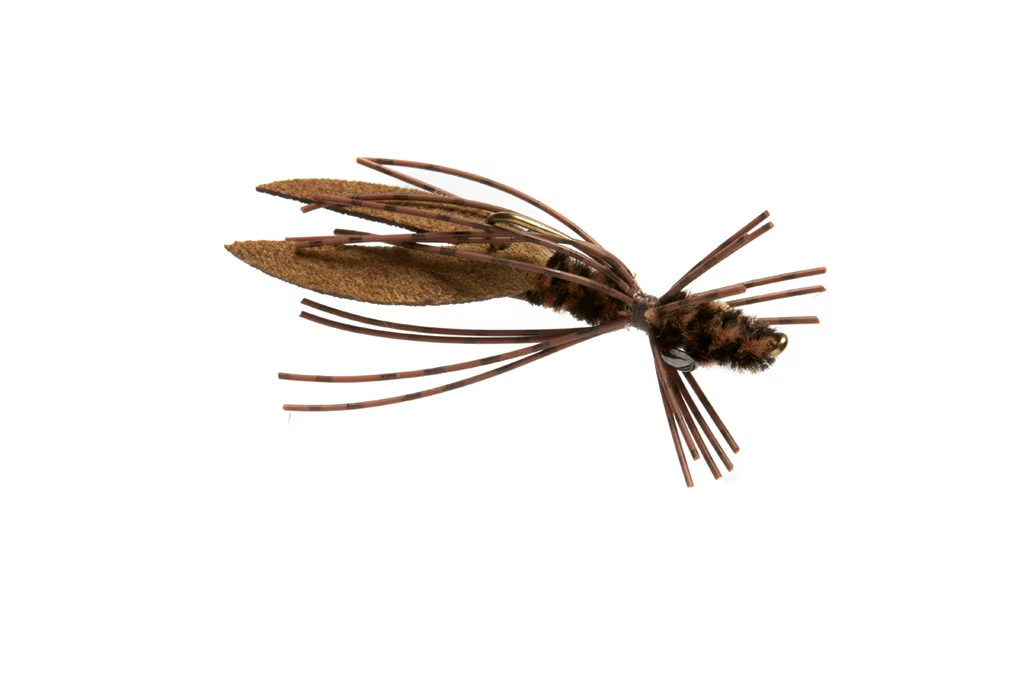
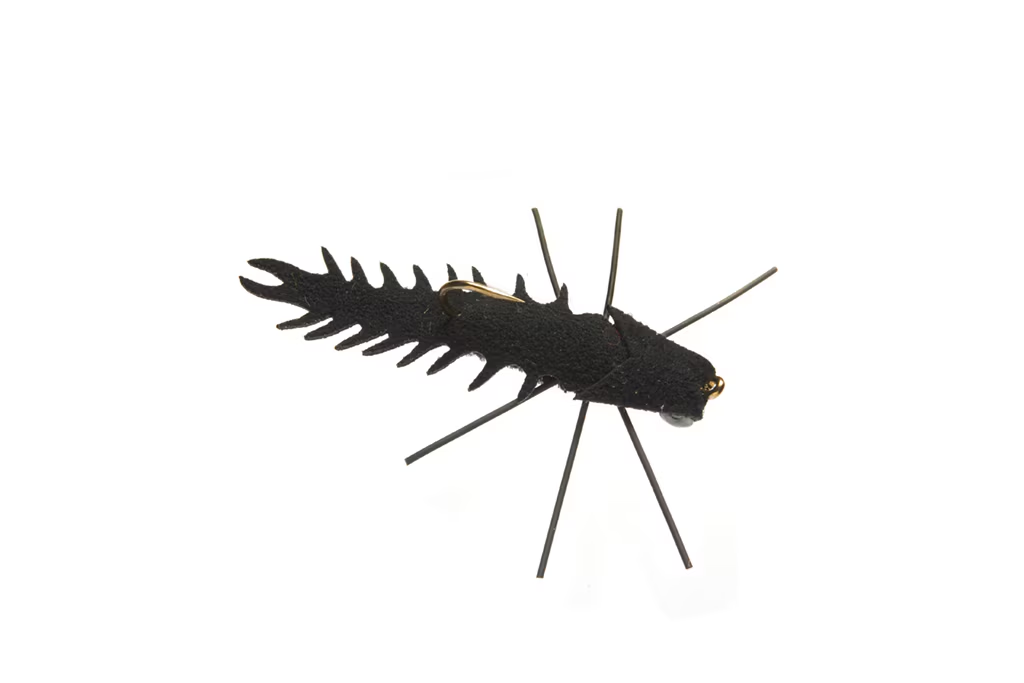
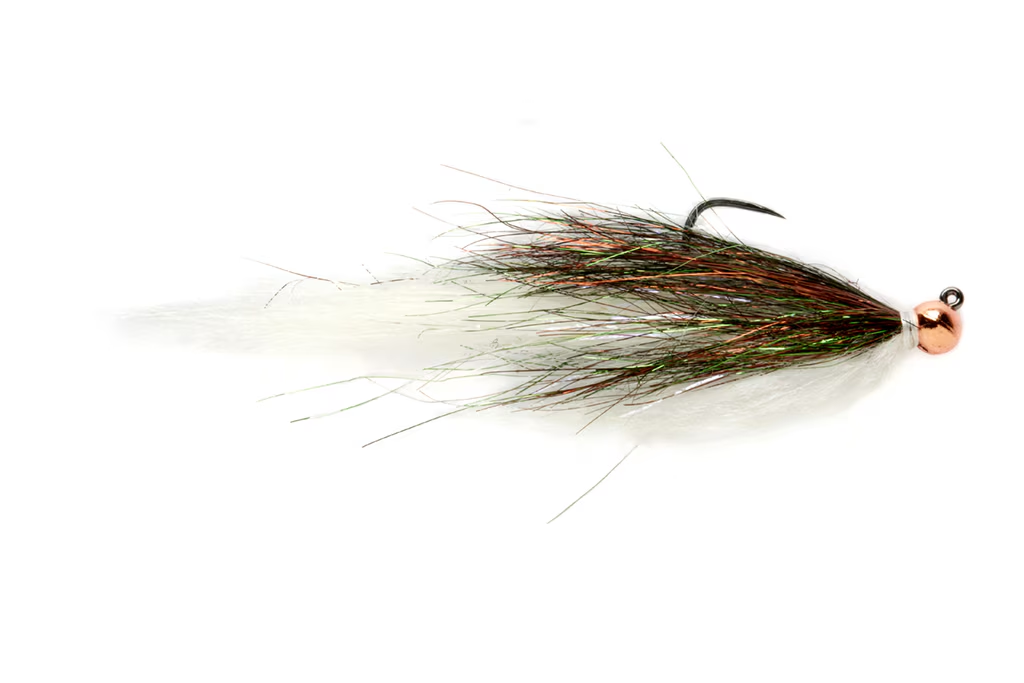
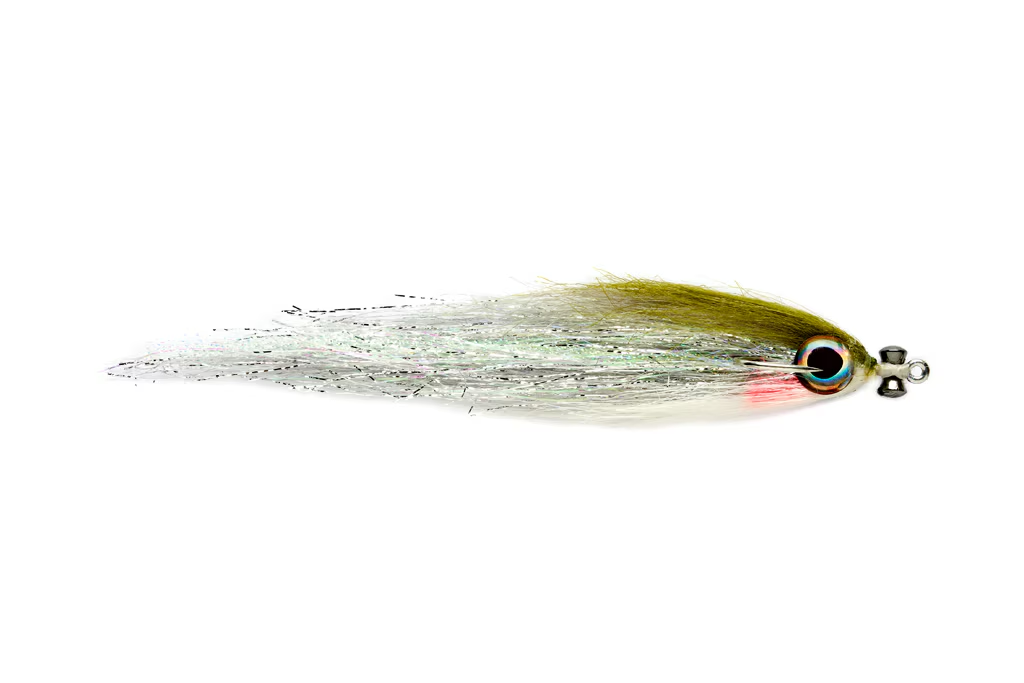
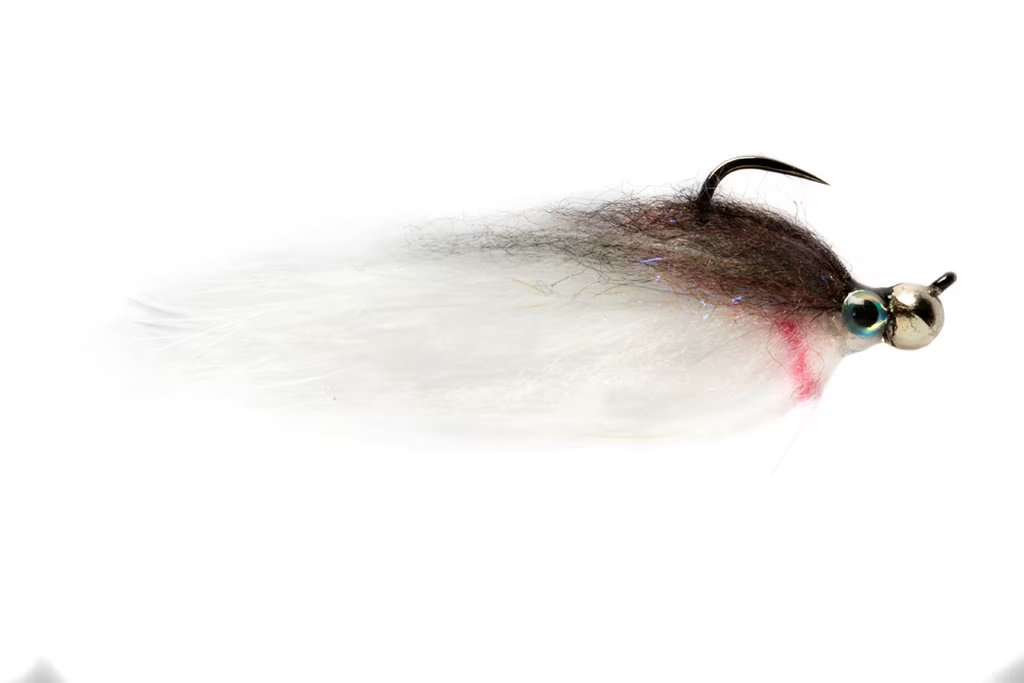
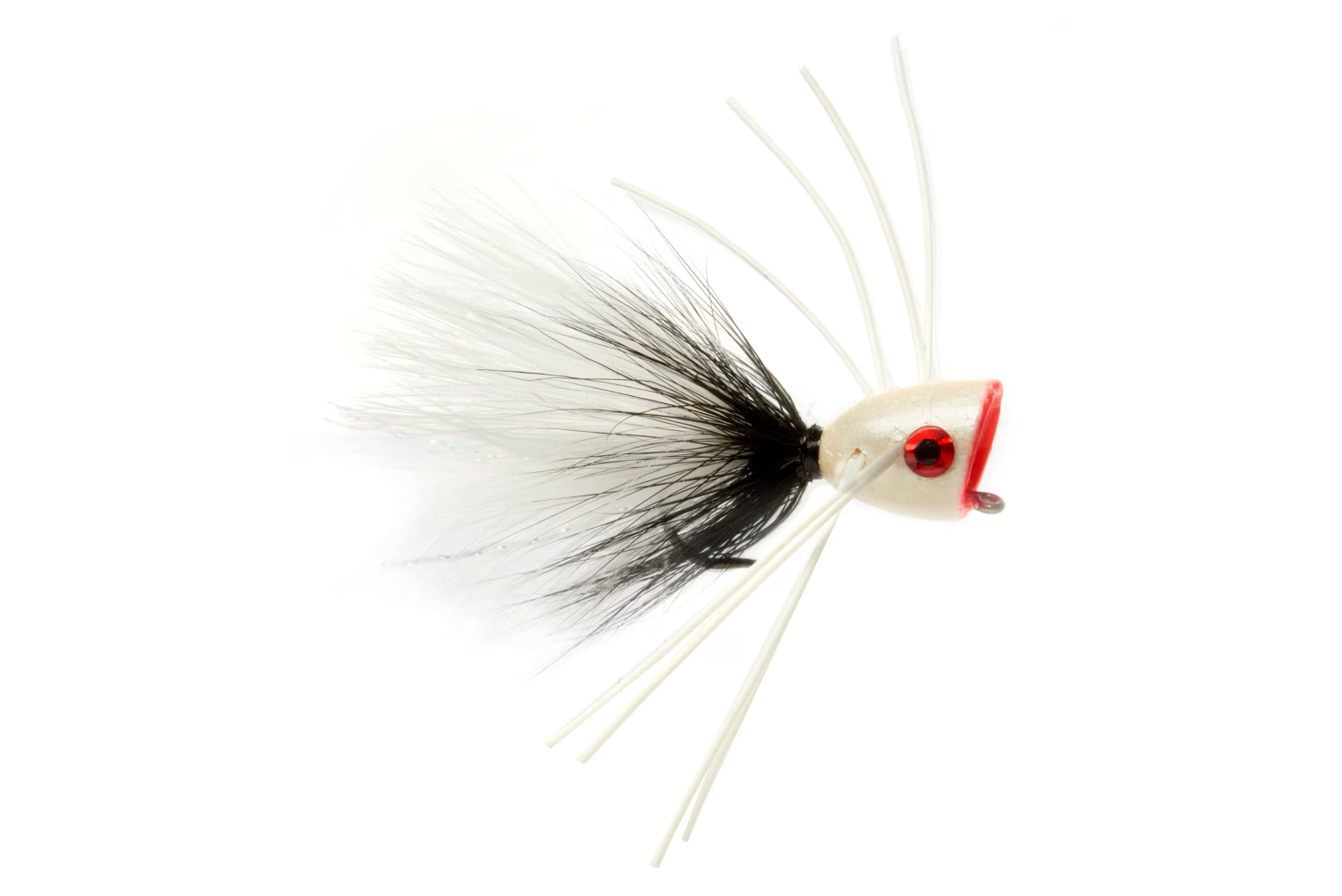
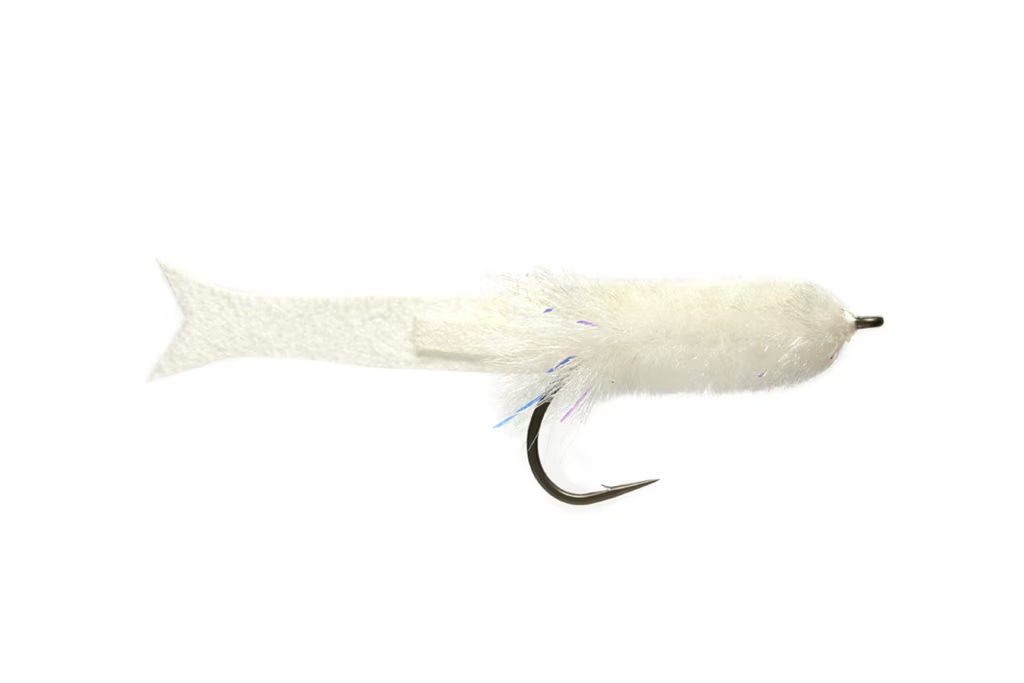
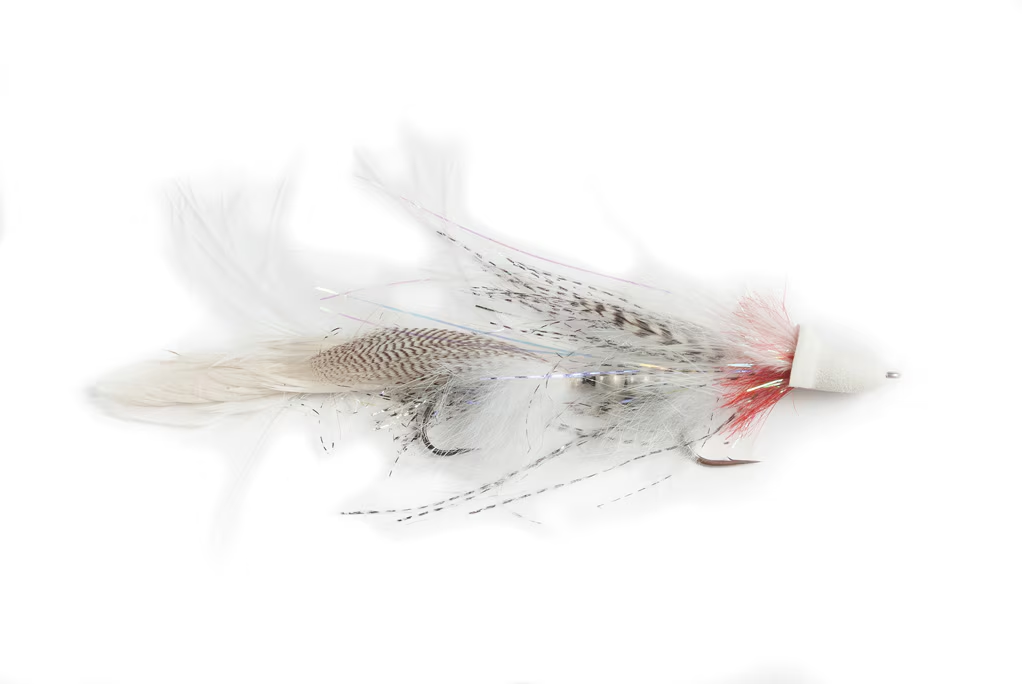
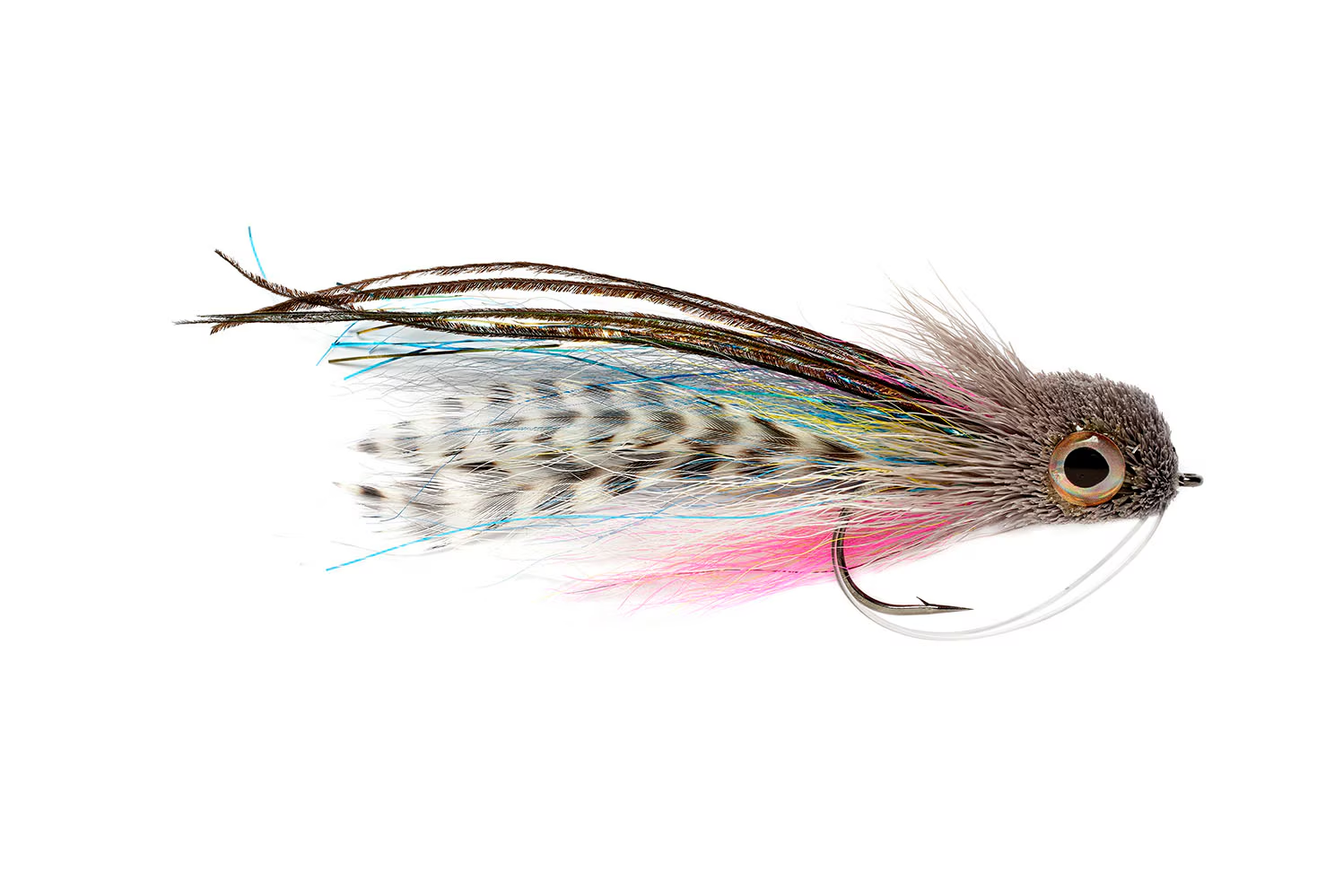
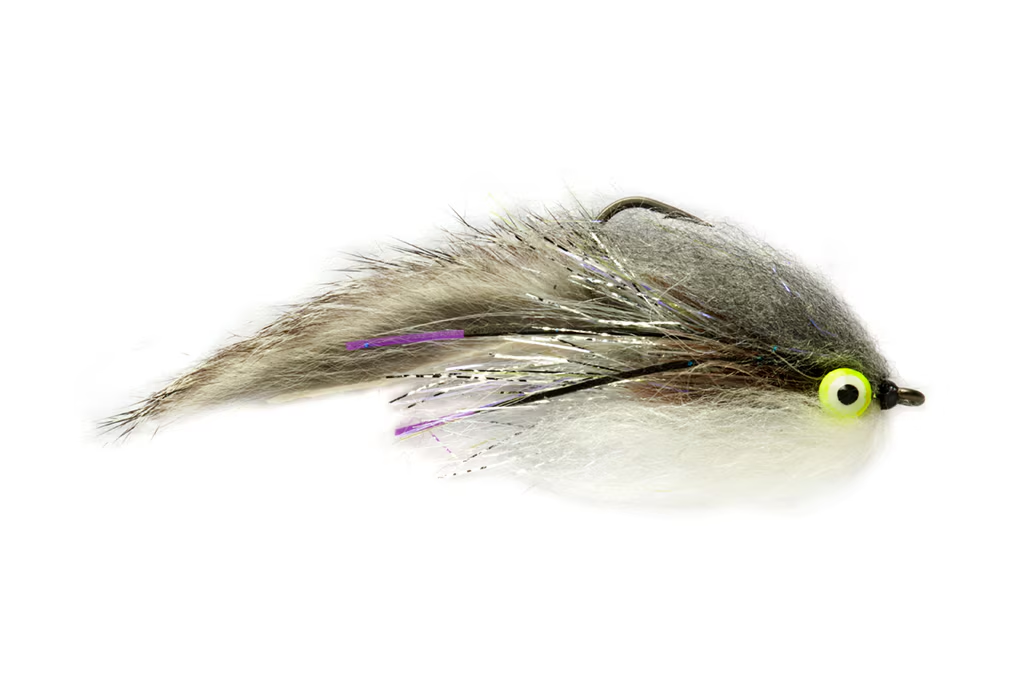
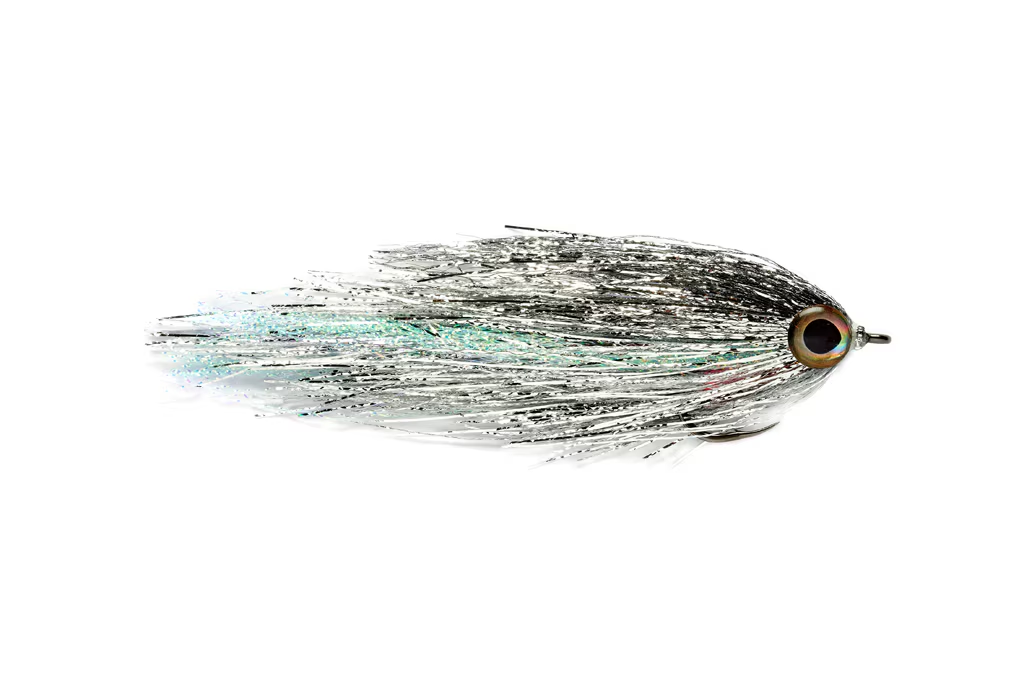
Tie Your Own Flies?
Catching fish on self-tied flies is incredibly rewarding. The two patterns below are staples in the boat when targeting river smallies during the fall. If you enjoy tying your own flies, read on for the material lists and step-by-step!
Changers
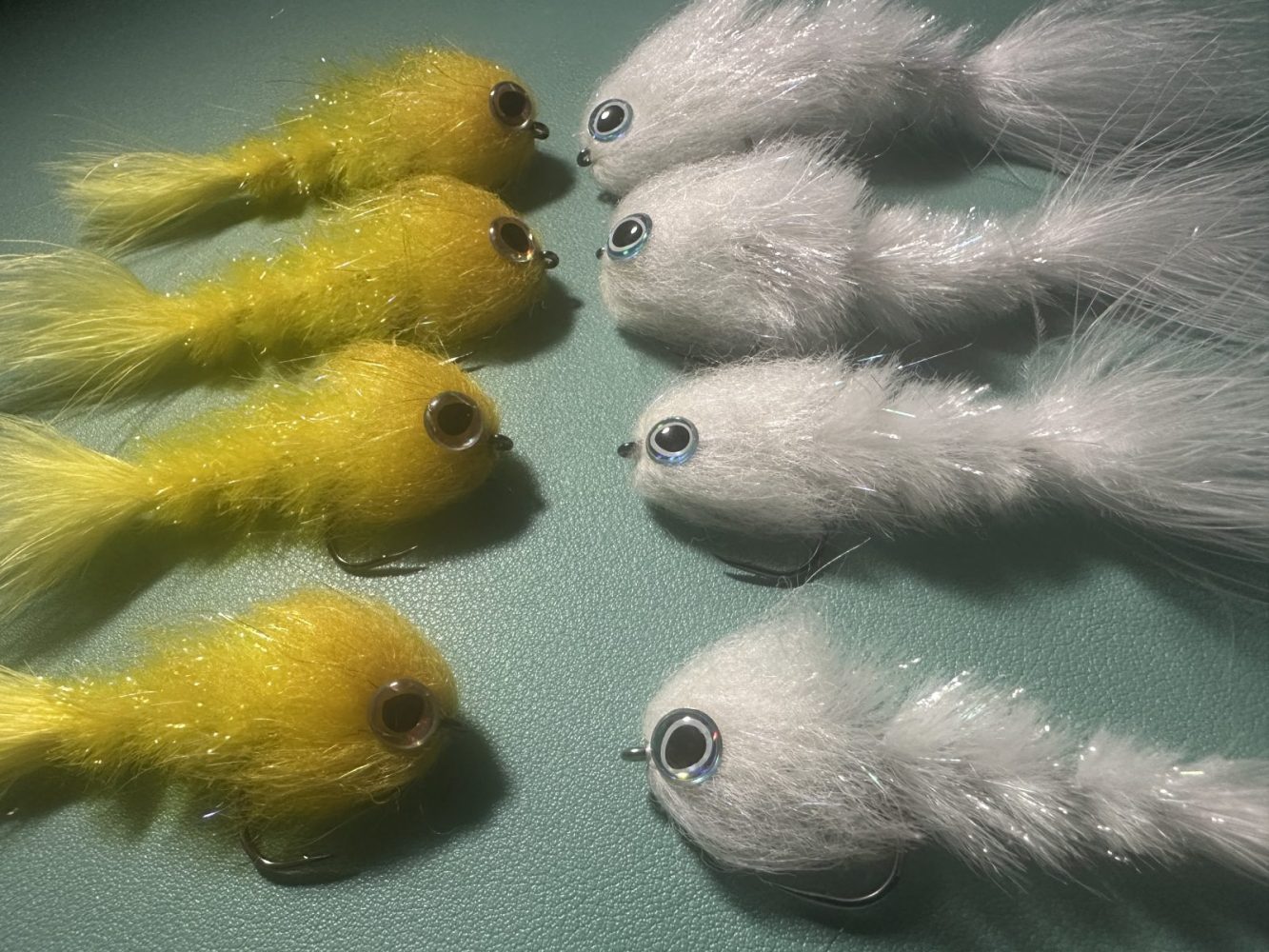
Hook: Fulling Mill Streamer Stripper size 1-2/0 Keel: 8 wraps of .030 lead-free wire. Shanks: 10mm, 10mm, 15mm, 15mm, 20mm, 25mm (connection) Thread: GSP 110d, 140d or Pro Thread Flat 210d Brush: Fulling Mill Changer Brush in small (0.5″), medium (1″) & large (2″) Dubbing Fulling Mill Voodoo Streamer Dub Eyes: Fulling Mil 7.0mm Baitfish Eyes
Step-By-Step
Tail Shank: Tie in marabou tail (white, yellow, pink, tan), and finish tail shank with 0.5” FM Changer Brush (trimmed to size).
2nd Shank: Attach 2nd shank and secure in vise. Wrap FM 0.5” Changer Brush (trimmed to size, keep taper in mind)
3rd Shank: Continue with FM 0.5” Changer Brush (untrimmed)
4th Shank: FM 1” Changer Brush (trimmed)
5th Shank: FM 1” Changer Brush (untrimmed)
Hook: Keep the bend of the hook with 8 wraps of .030 lead-free wire. Tie in a shank and secure the previously tied shanks. Use the Fulling Mill 2” Changer Brush (trimmed to size, keep taper in mind). Finish the head with Fulling Mill Voodoo Streamer Dub (to build up head)
Baitfish Eyes: Attach Fulling Mill 7.0mm baitfish eyes securely with resin
Corona’s Hang Glider
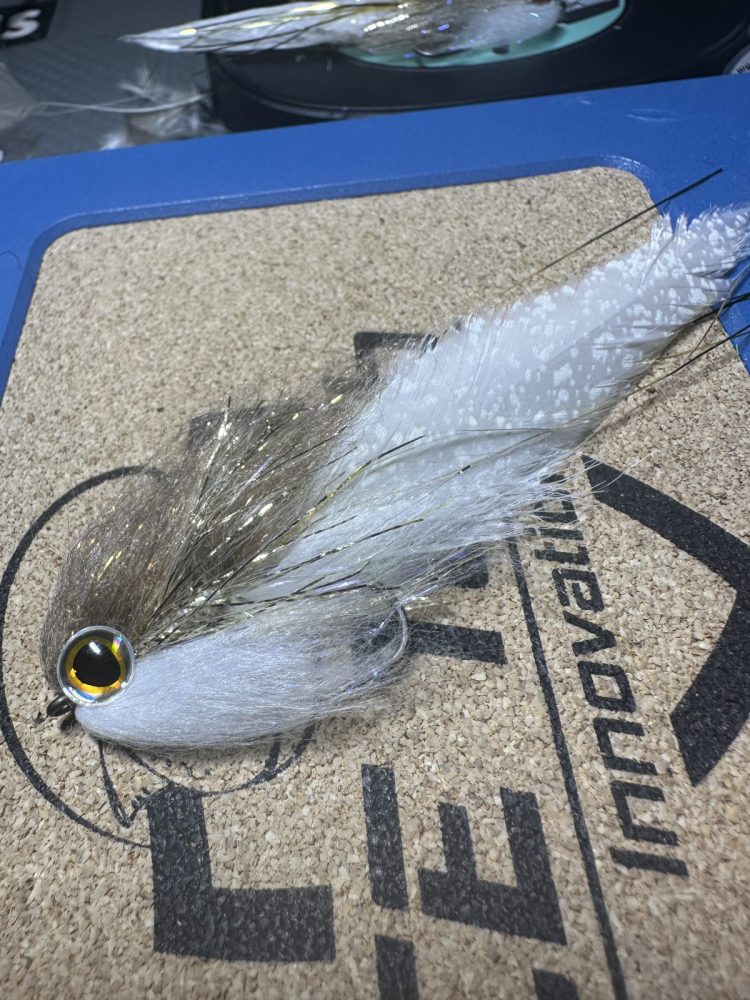
Hook: Fulling Mill Streamer Stripper size. 2-2/0 Thread: Fulling Mill Pro Thread 210d Tail: Fulling Mill Premium Selected Bucktail Tail Part Two: Schlappen or Saddle Hackle Flash: Flashabou Body: Fulling Mill Streamer Straggle Chenile Jumbo UV Dubbing: Fulling Mill Voodoo Streamer Dub Eyes: Fulling Mil 7.0mm Baitfish Eyes
Tai: Tie in bucktail to provide stability in the rear of the fly then tie in Schlappen feathers or saddle hackle on the sides.
Flash: Tie in a few Flashabou fibers to the length of the fly
Body: Build a body by winding Streamer Straggle Chenile Jumbo UV up the shank of the hook
Head: Tie in two stacks of Voodoo Streamer Dub, darker color on top and light color on bottom
Eyes: Attach Fulling Mill 7.0mm baitfish eyes securely with glue or resin

